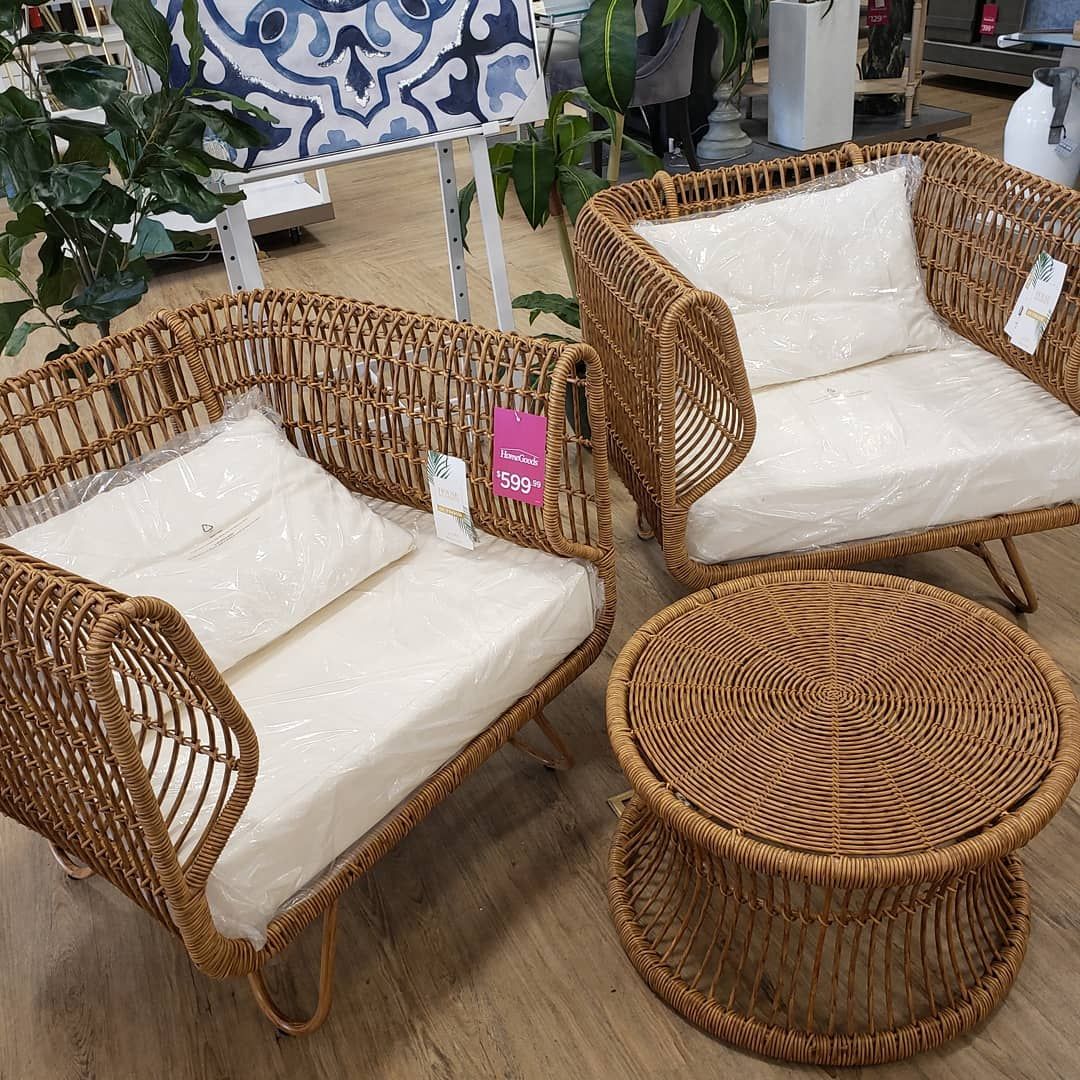Introduction:
Selecting patio furniture for your home is an important decision that involves considering various factors such as style, comfort, durability, and functionality. Whether you’re furnishing a cozy balcony, spacious deck, or sprawling backyard, choosing the right patio furniture can enhance your outdoor living experience and create an inviting space for relaxation and entertainment. This guide provides practical tips and insights to help you navigate the process of selecting home goods patio furniture that suits your needs, preferences, and lifestyle.
Assess Your Outdoor Space:
Before embarking on your patio furniture shopping journey, take the time to assess your outdoor space. Consider the size, layout, and features of your patio or deck, as well as any architectural elements or landscaping that may influence your furniture selection. Measure the dimensions of the area where you plan to place your furniture to ensure that you choose pieces that fit comfortably without overcrowding the space. Additionally, consider how you intend to use the outdoor area, whether it’s for dining, lounging, entertaining, or a combination of activities.

Determine Your Style Preferences:
Patio furniture comes in a variety of styles, ranging from traditional and classic to modern and contemporary. Determine your style preferences and consider how you want your outdoor space to look and feel. Do you prefer sleek and minimalist designs, or are you drawn to more ornate and decorative pieces? Take cues from the architecture and interior design of your home to ensure a cohesive look between your indoor and outdoor spaces. Additionally, consider the ambiance you wish to create, whether it’s a cozy retreat for intimate gatherings or a vibrant setting for lively parties.
Consider Materials and Durability:
When choosing patio furniture, consider the materials used in construction and their durability in outdoor environments. Common materials for outdoor furniture include aluminum, wrought iron, steel, wood, wicker, and synthetic rattan. Each material has its own characteristics in terms of aesthetics, maintenance requirements, and resistance to weathering and wear. For example, aluminum and stainless steel are lightweight, rust-resistant, and easy to maintain, making them ideal for outdoor use. On the other hand, natural wood such as teak or cedar offers a warm, organic look and can withstand exposure to the elements with proper care and maintenance.
Prioritize Comfort and Functionality:
Comfort is paramount when selecting patio furniture, as you want to create a space where you can relax and unwind outdoors. Consider the ergonomics of seating options such as chairs, sofas, and loungers, ensuring that they provide adequate support and cushioning for extended periods of use. Test out furniture pieces in person whenever possible to assess their comfort level and suitability for your needs. Additionally, prioritize functionality by choosing furniture that serves multiple purposes or includes convenient features such as built-in storage, adjustable settings, or modular configurations.
Factor in Maintenance Requirements:
Maintaining your patio furniture is essential for preserving its appearance and longevity over time. Consider the maintenance requirements of different materials and finishes when making your selection. Some materials may require regular cleaning, sealing, or refinishing to protect against fading, staining, or deterioration caused by exposure to sunlight, moisture, and temperature fluctuations. Choose furniture that aligns with your willingness and ability to perform ongoing maintenance tasks, or opt for low-maintenance materials and finishes that require minimal care and upkeep.
Budget Considerations and Value:
Finally, consider your budget constraints and the overall value proposition of the patio furniture you’re considering. While it’s tempting to prioritize cost savings, investing in quality furniture that offers durability, comfort, and style can provide long-term value and satisfaction. Compare prices, features, and warranties from different retailers to ensure that you’re getting the best value for your money. Additionally, consider factors such as delivery options, assembly requirements, and customer service support when evaluating the overall value of your patio furniture purchase.
Conclusion:
Choosing patio furniture for your home involves careful consideration of factors such as space, style, materials, comfort, maintenance, budget, and value. By assessing your outdoor space, determining your style preferences, considering materials and durability, prioritizing comfort and functionality, factoring in maintenance requirements, and evaluating budget considerations and value, you can make informed decisions that result in a well-appointed outdoor living area tailored to your needs and lifestyle. With the right patio furniture, you can create an inviting oasis where you can relax, entertain, and enjoy the beauty of the outdoors year-round.